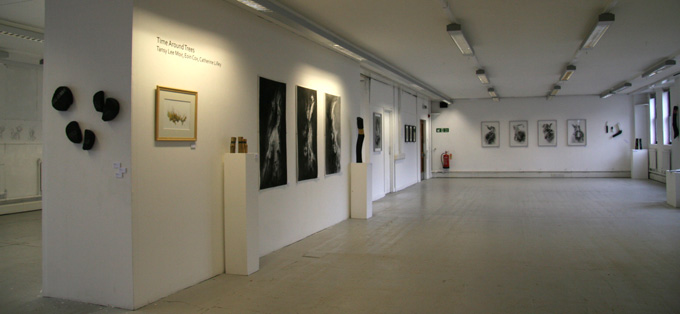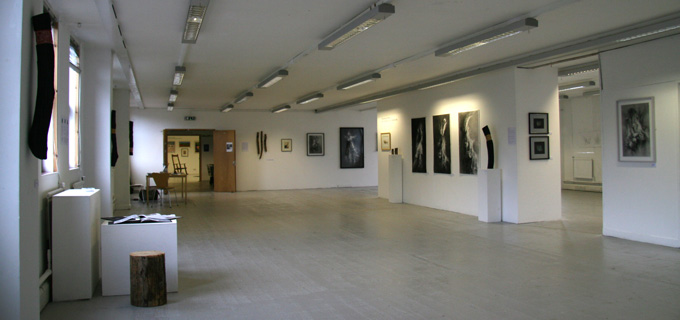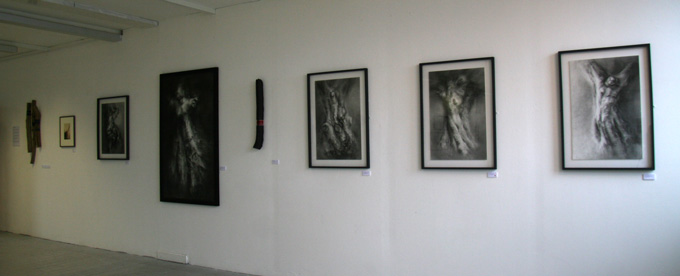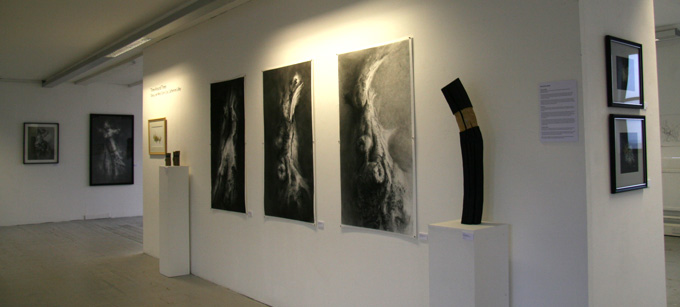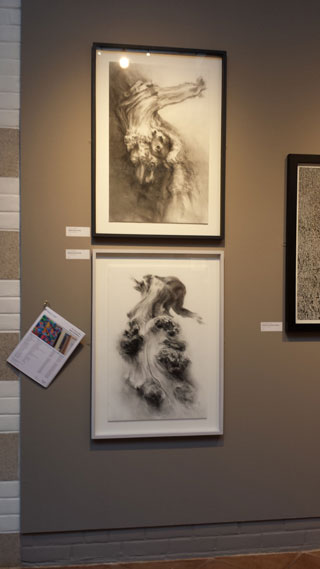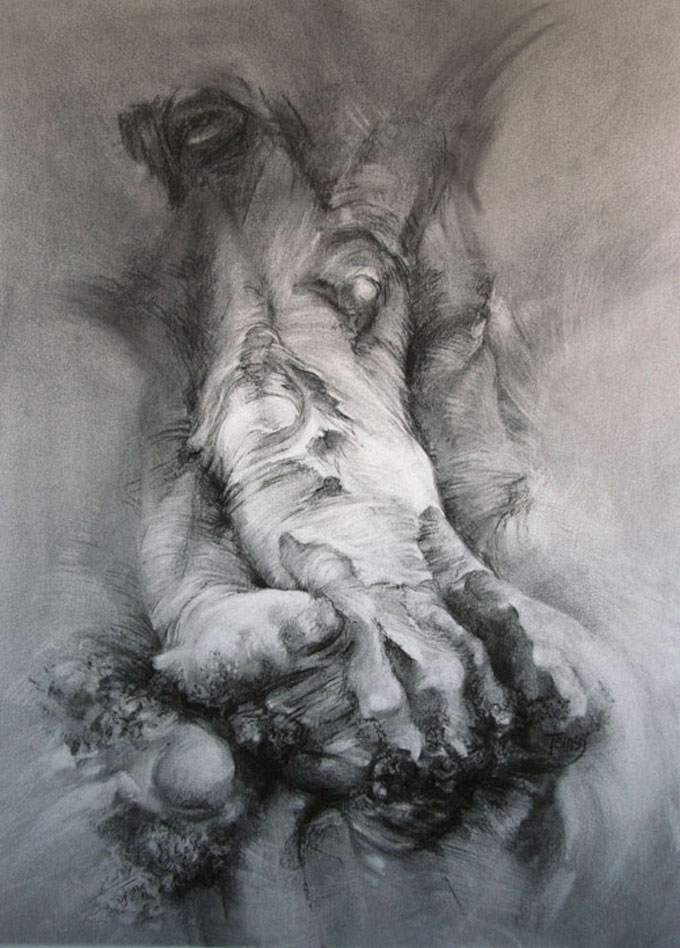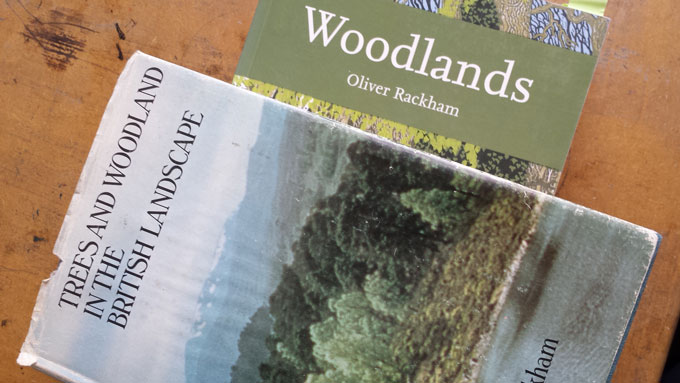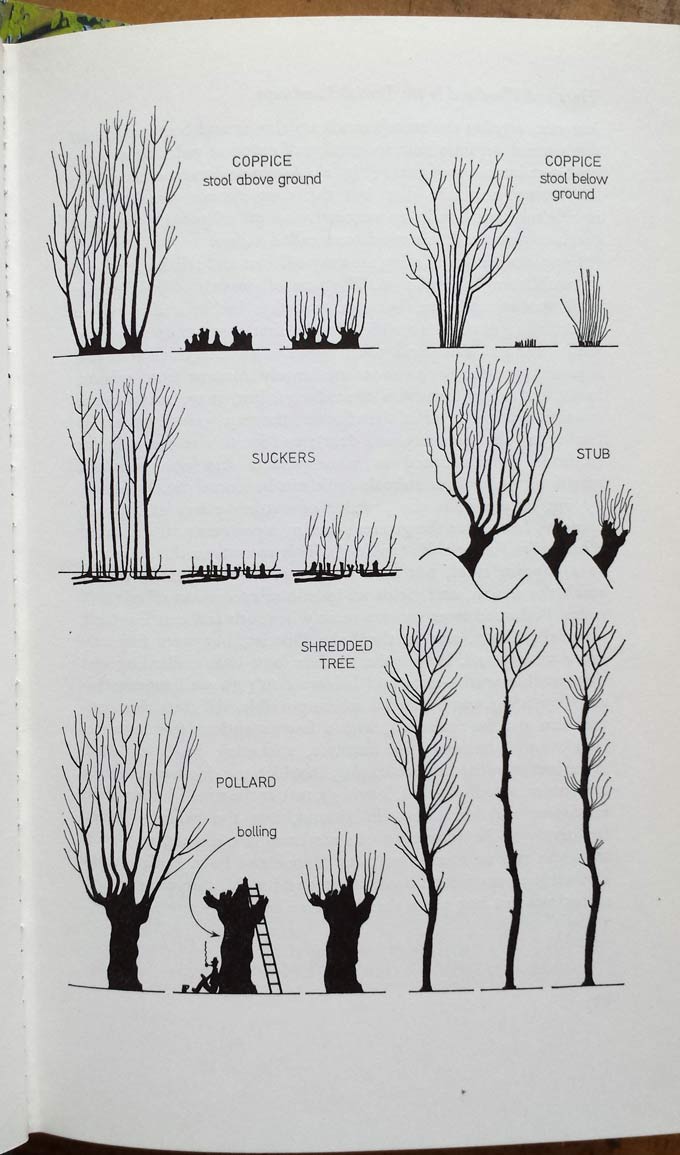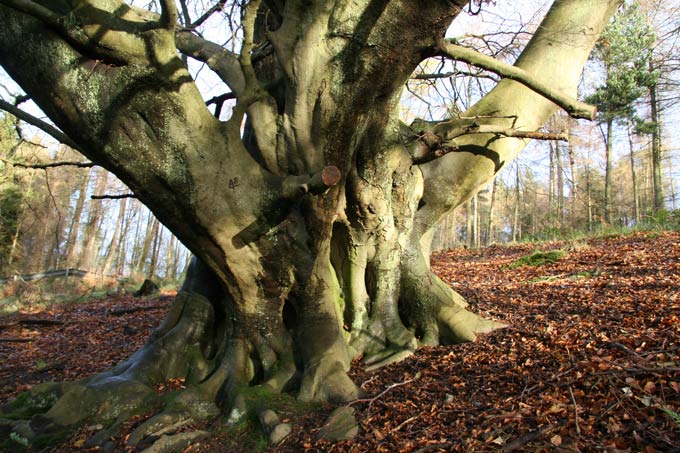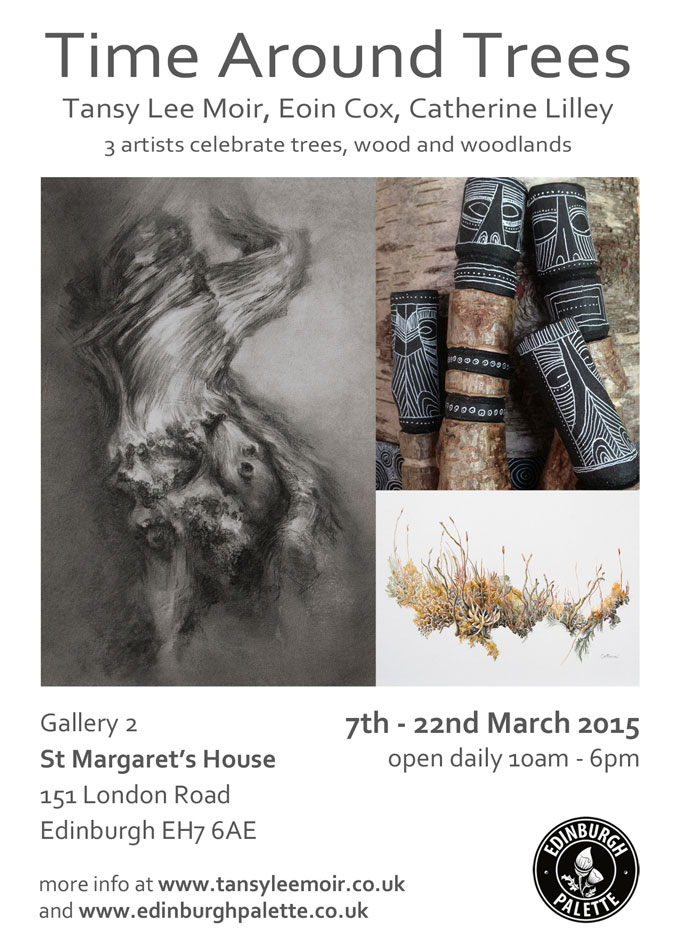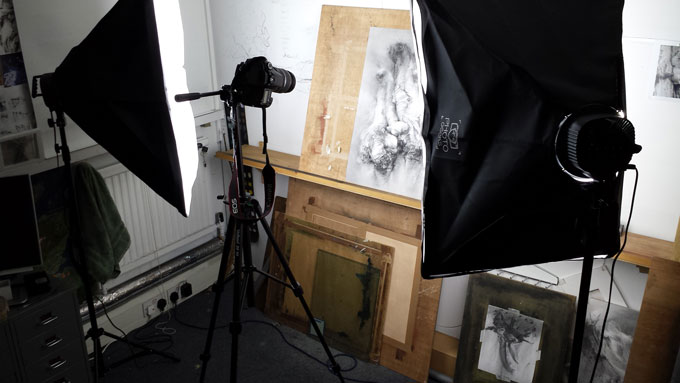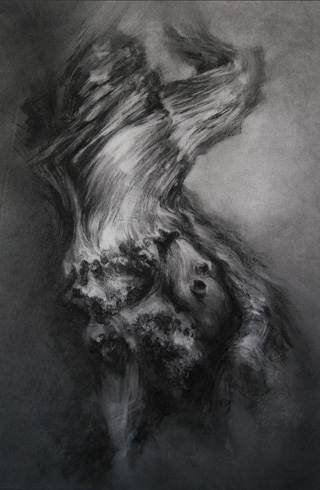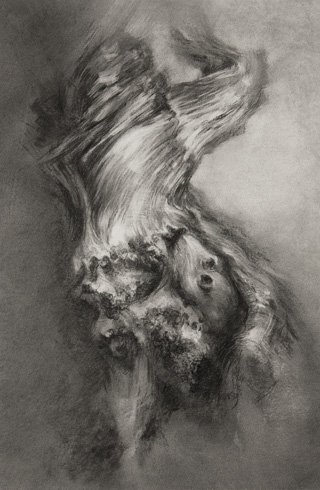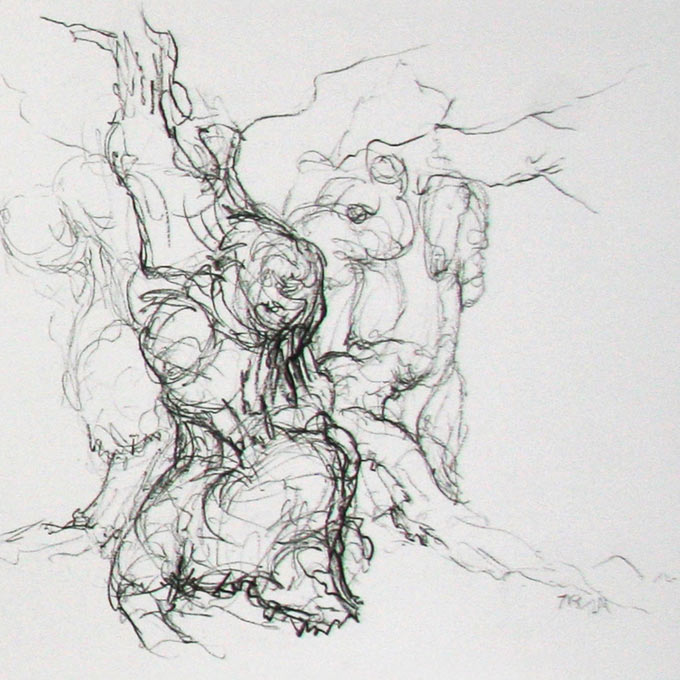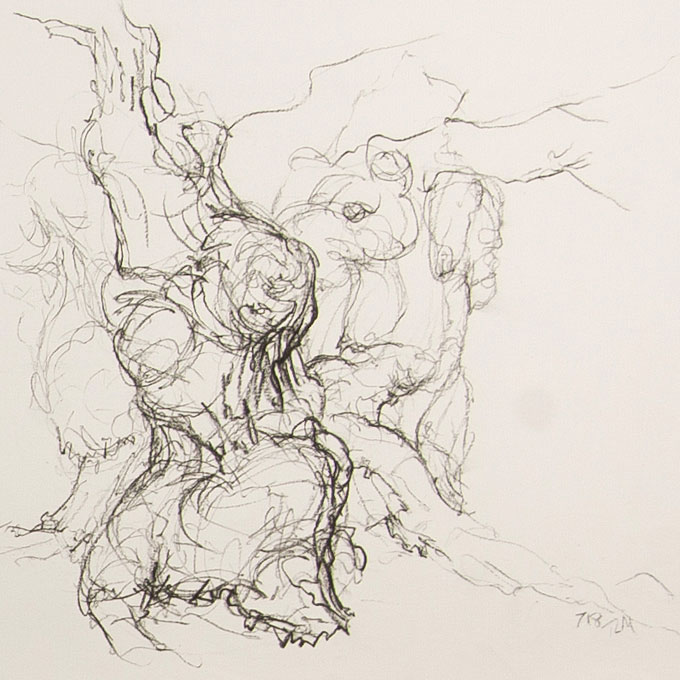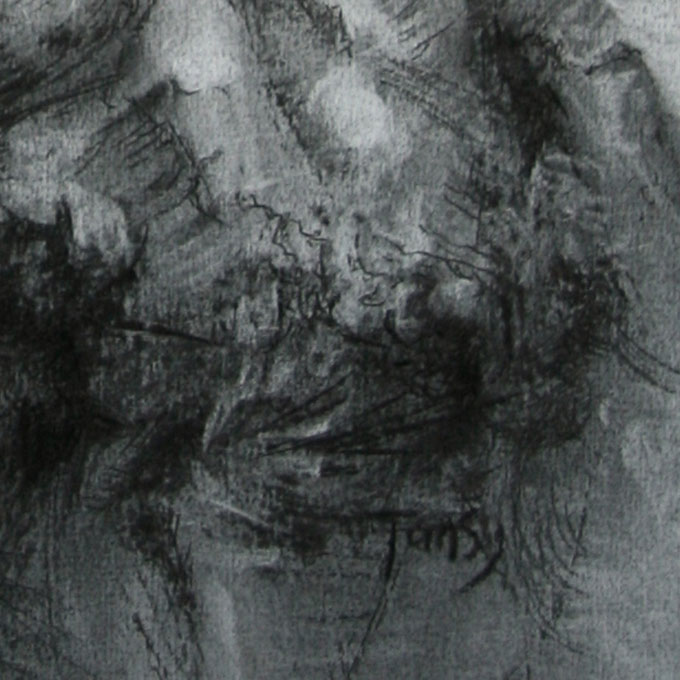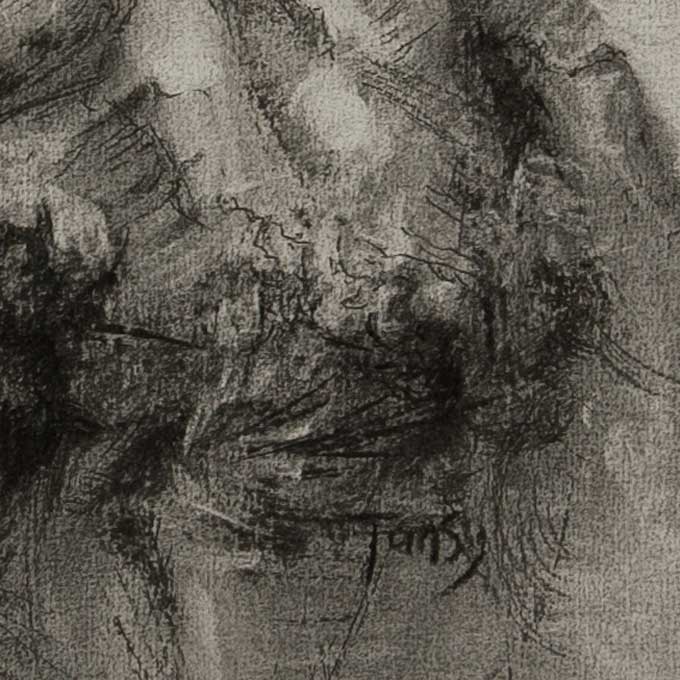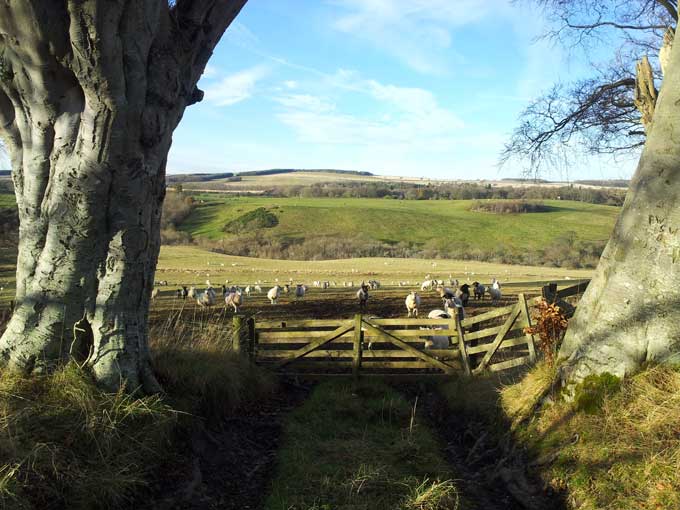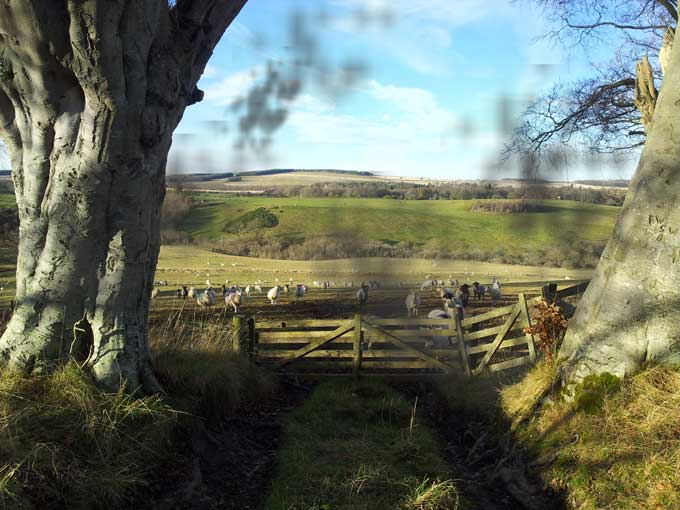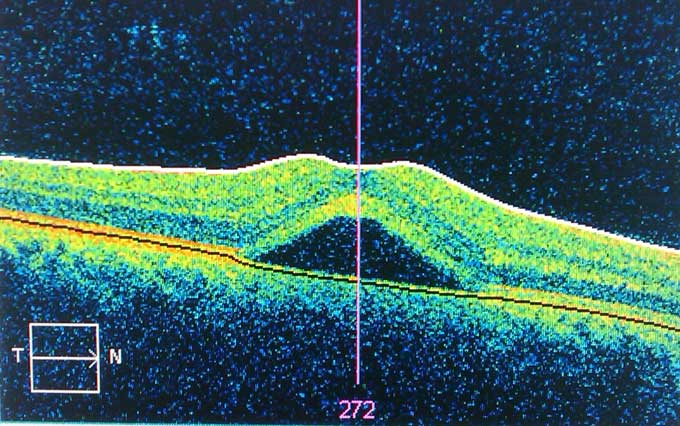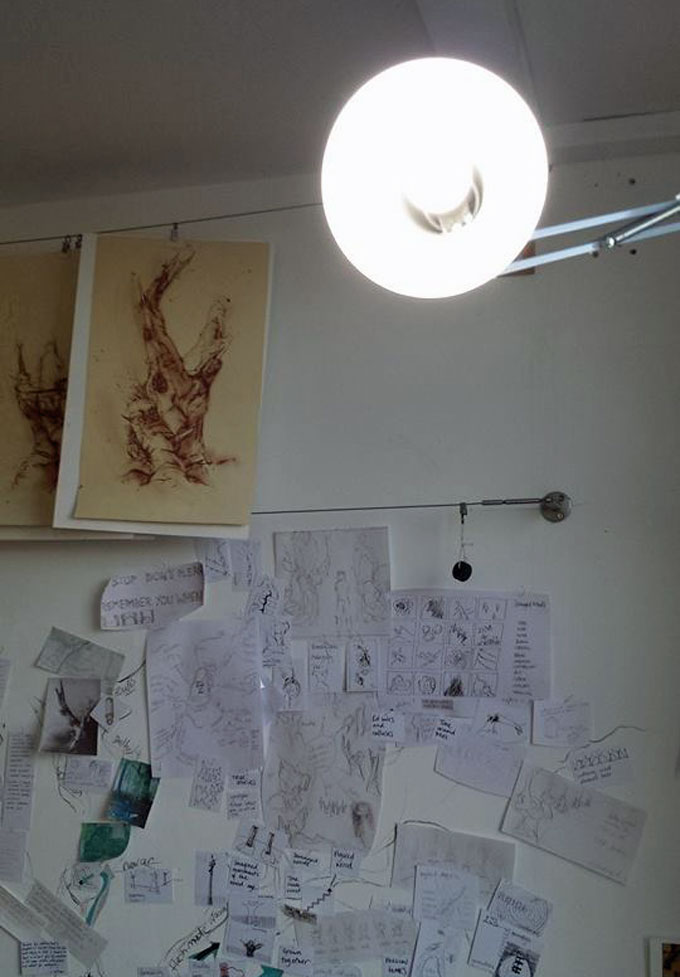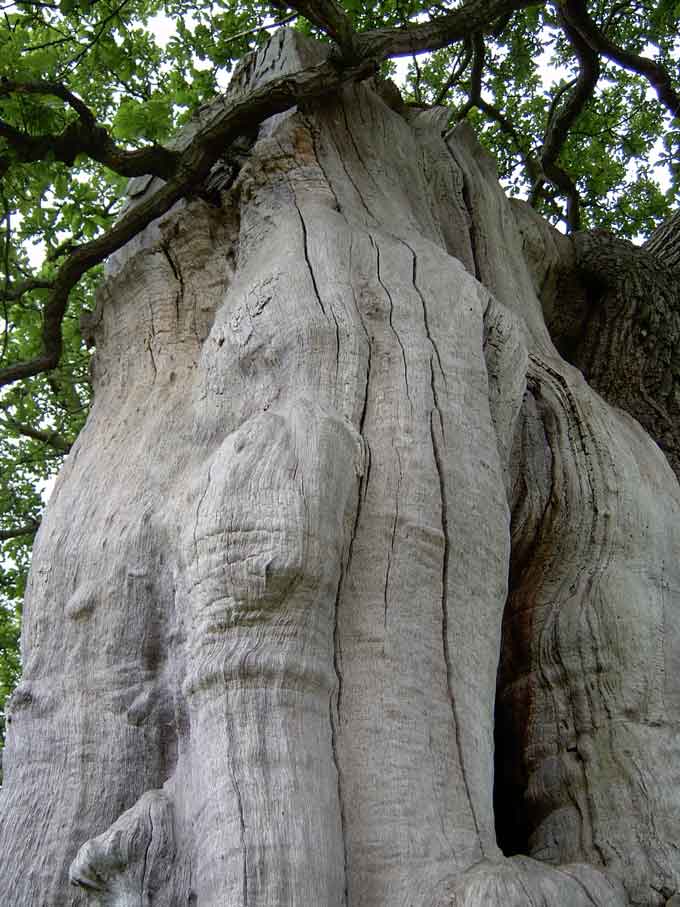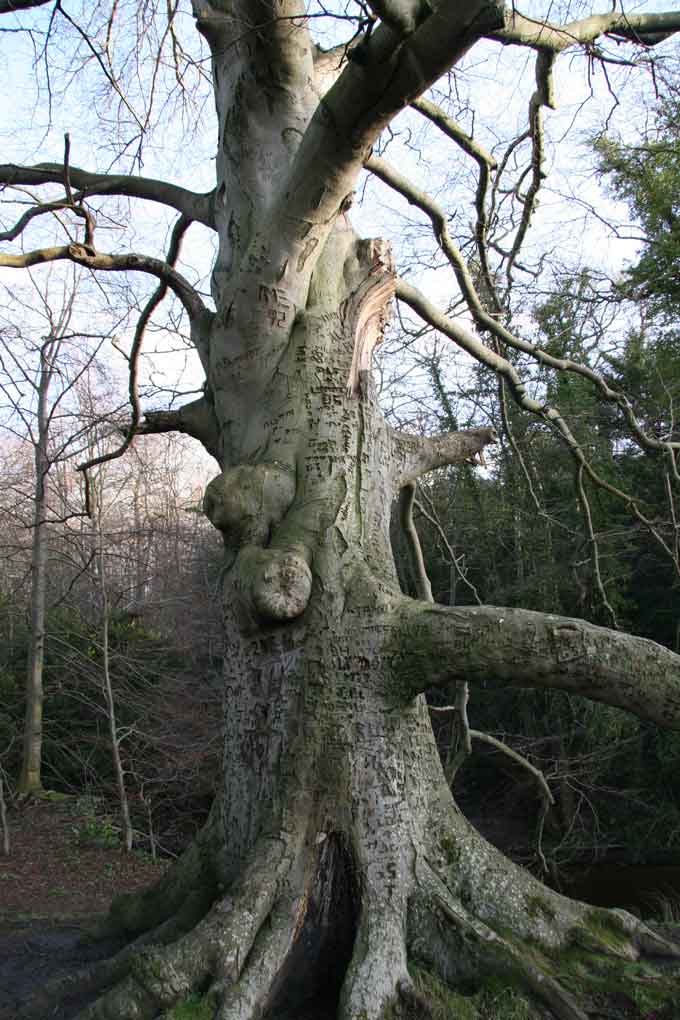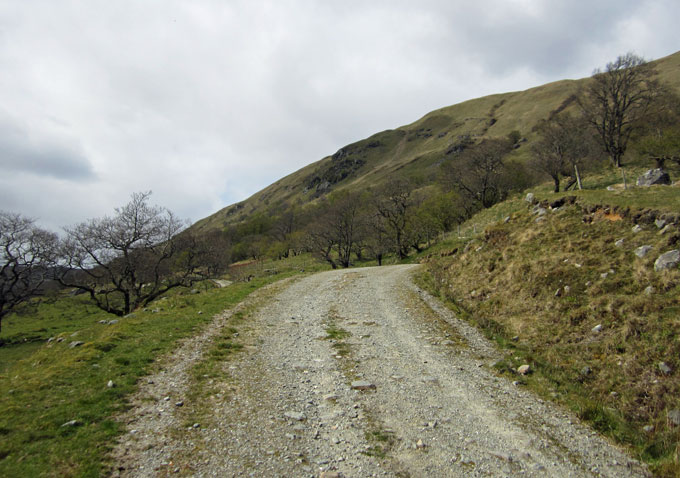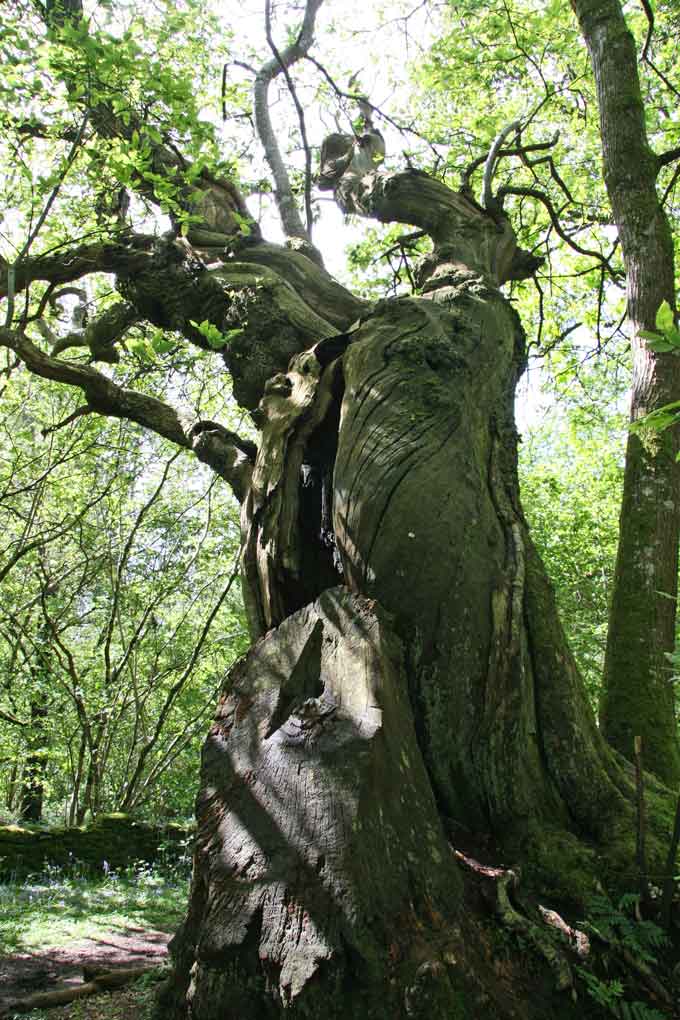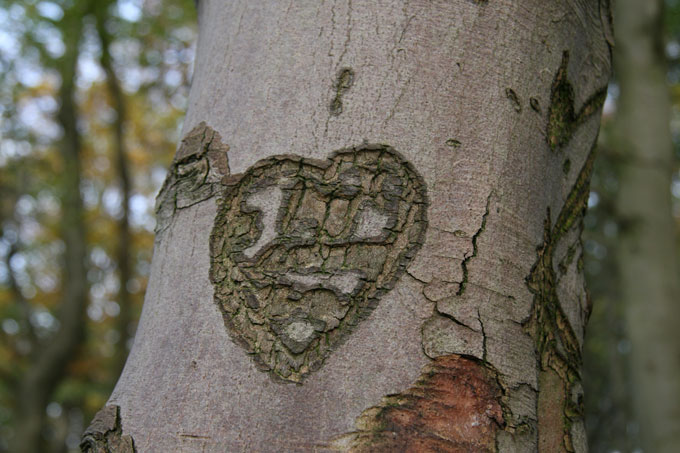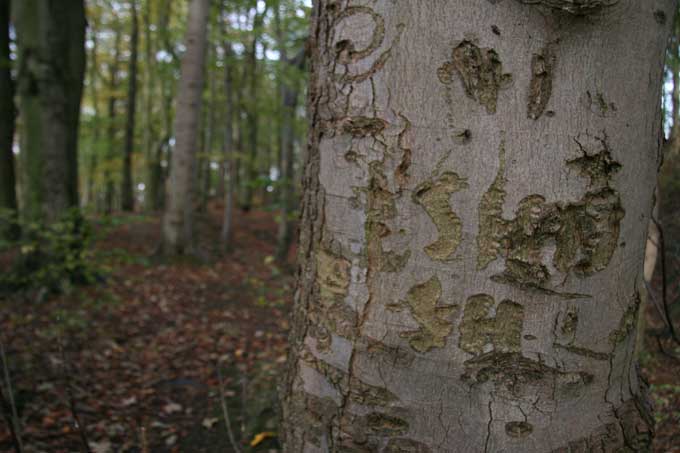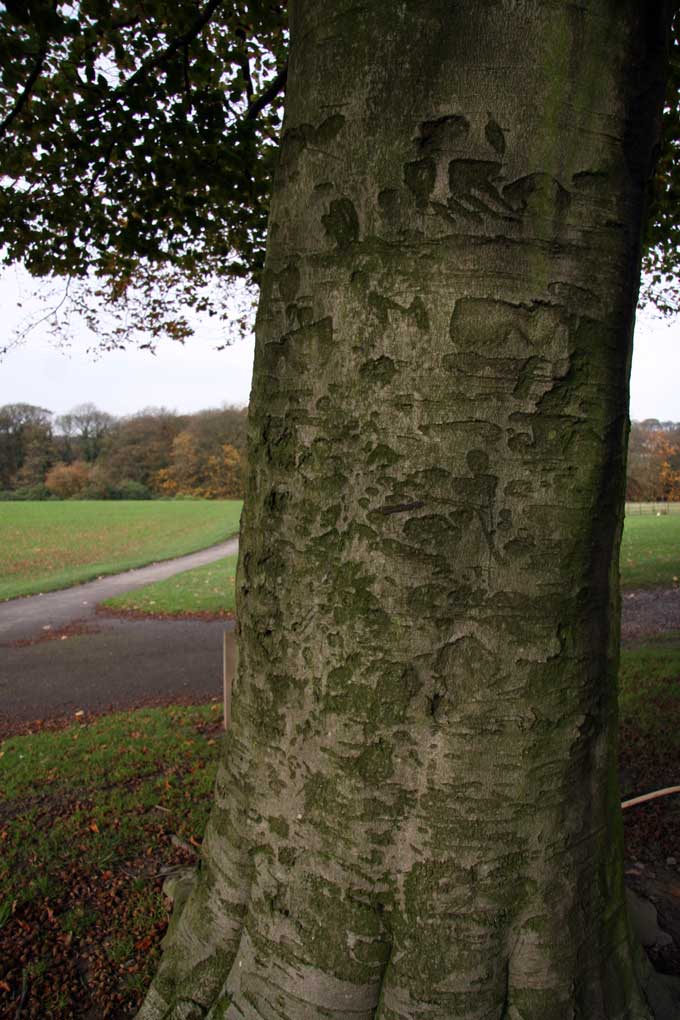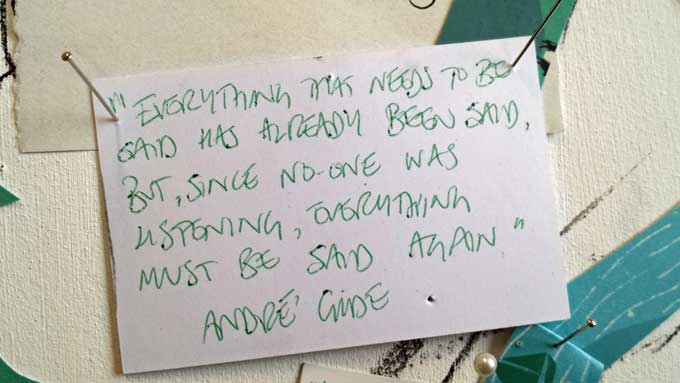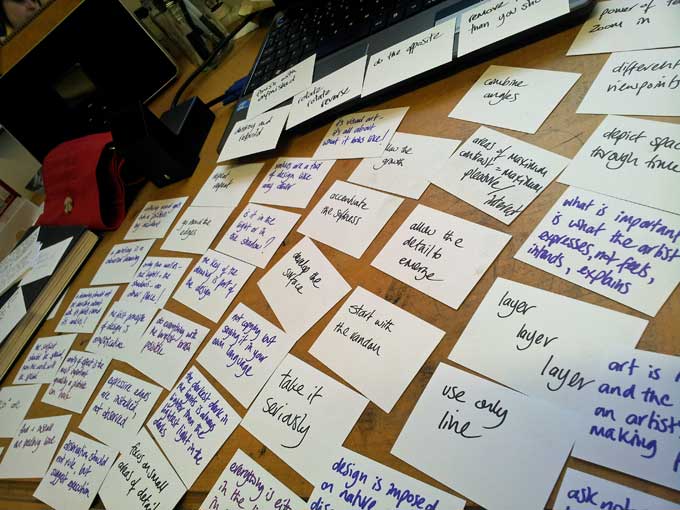 Street art by Phlegm
Street art by Phlegm
I was back in Sheffield last weekend, to get together with my Tree Stories colleagues, to view potential exhibition space and discuss what we€™ll be making for the project.
We met at the Workstation, a 1930s built former car showroom and garage which now houses lots of creative businesses. This whole area of the city, known as the Cultural Industries Quarter has a vibrant, creative feel, with a huge variety of street art, artist studios, silversmiths and metal workers and the lovely Showroom cinema.

The Tree Stories website is starting to take shape and we€™re keen for people to send in their own Tree Story images. There€™s also a new facebook page which will mean we can gather images and stories there too.
The following day, despite the soupy weather and the dimmest of light, I went out to Ecclesall Woods to immerse myself in the stories and atmosphere of this Ancient Woodland site.
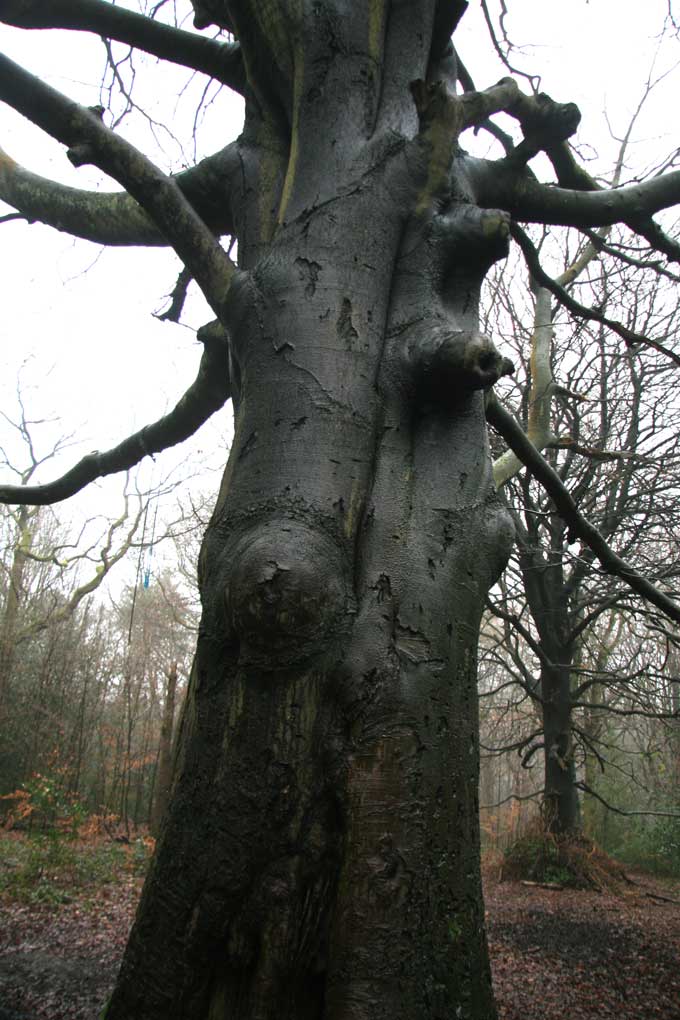
Its history goes back many centuries €“ there are prehistoric carvings, Romano British remains and ancient field boundaries, as well as charcoal pits, trackways and even a Wood Collier€™s grave from its more recent industrial past.
There are already quite a few photographs from Ecclesall on the Tree Stories website, so I went in search of some of those known but hoping also to discover some of its history myself. I wandered through the mist towards an area of big beeches which shows up clearly on Google Earth, since these are a favourite place for people to make their mark.

Although the damp and dingy weather made my photographs quite poor (I didn€™t have a tripod with me so apologies for the blur!), it did mean that the trees were dark and glossy from the rain, which dramatically highlighted their forms.
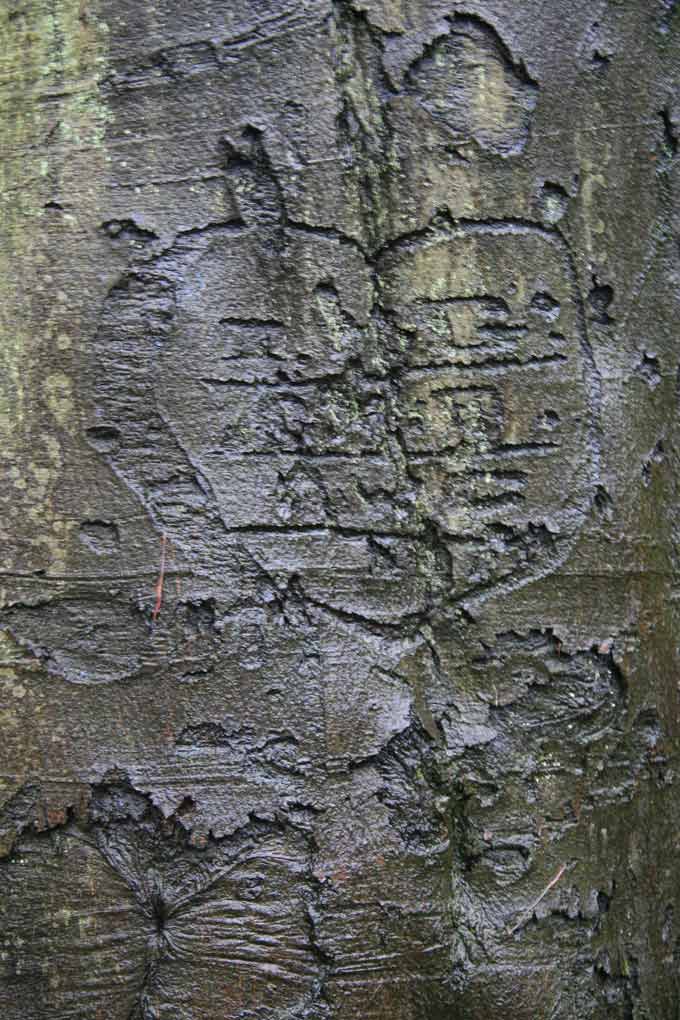
Once I€™d €˜got my eye in€™ I found that almost every large beech I looked at had markings of some sort €“ many very distorted and indistinct, some letters clearly legible, some obviously old and some very new. I found a strong sense of place here, with recently made dens and graffiti layered over older carvings and even older charcoal pits and chunks of gritstone.

The idea of marking trees as a way of attaching yourself to a special place came to mind €“ the organically created paths, smoothed stones and modified trees all combined to give a sense of belonging, that this was a territory that generations of people had felt part of.
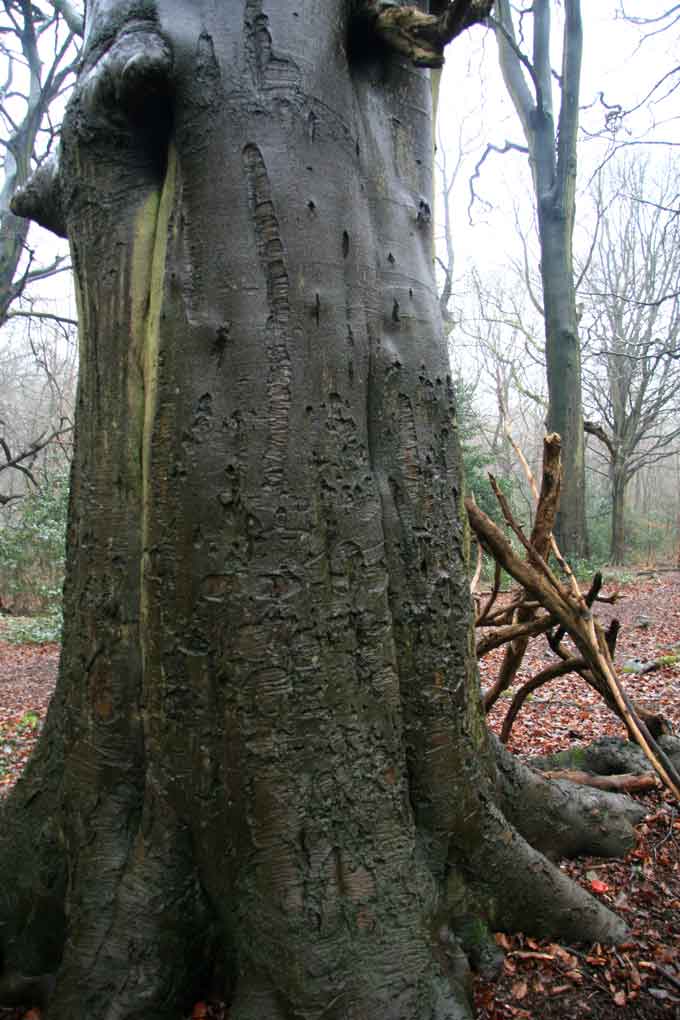
I came back to the studio with a good store of new material and ideas for the series of drawings I€™ll be making for the exhibition €“ here€™s a sketchbook snapshot of some of them…

